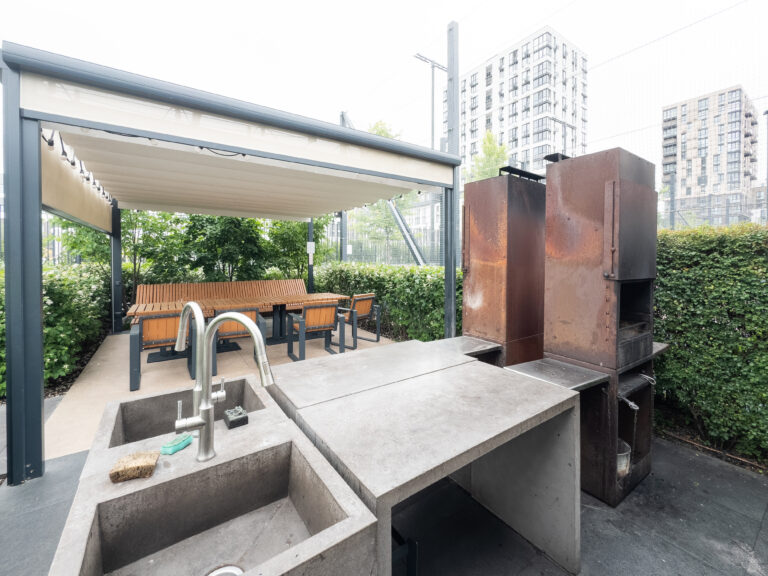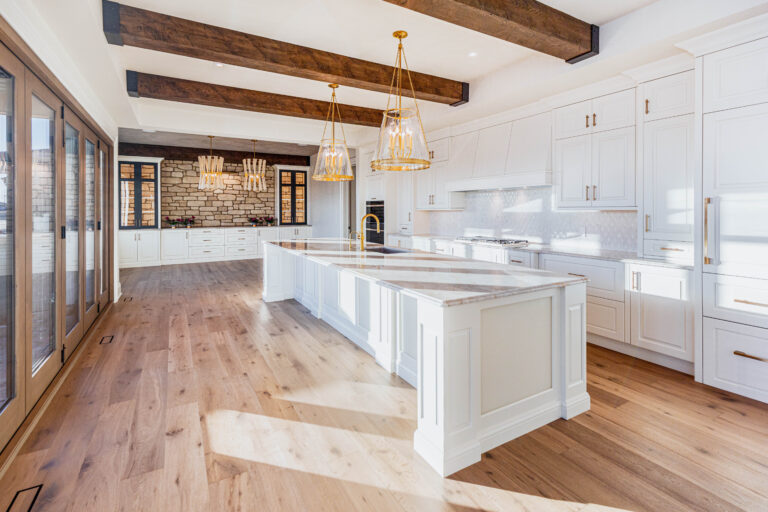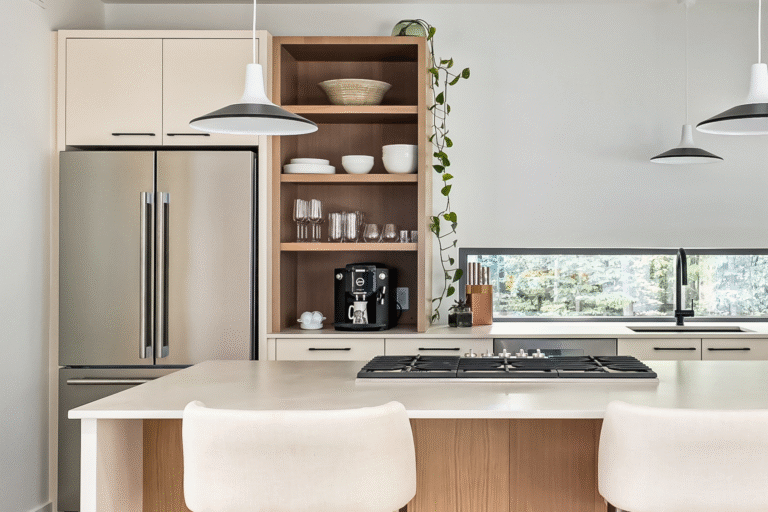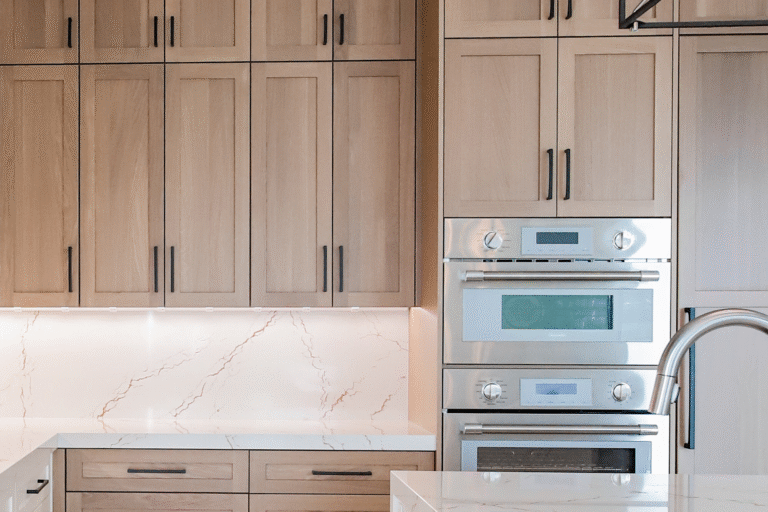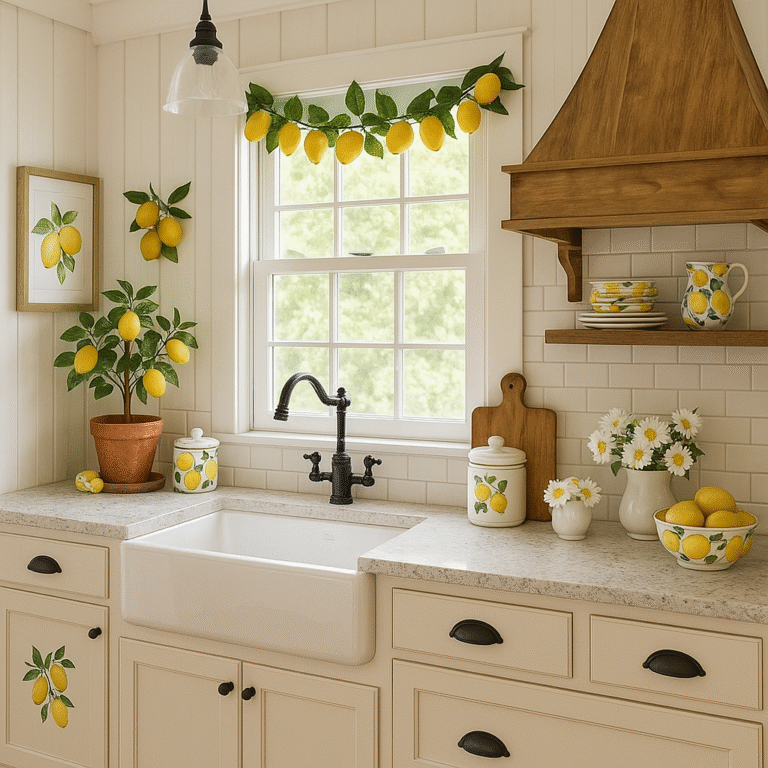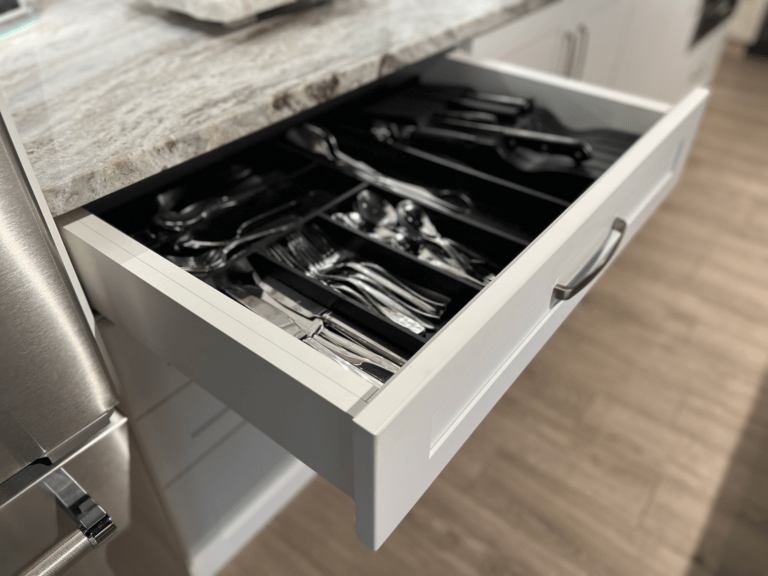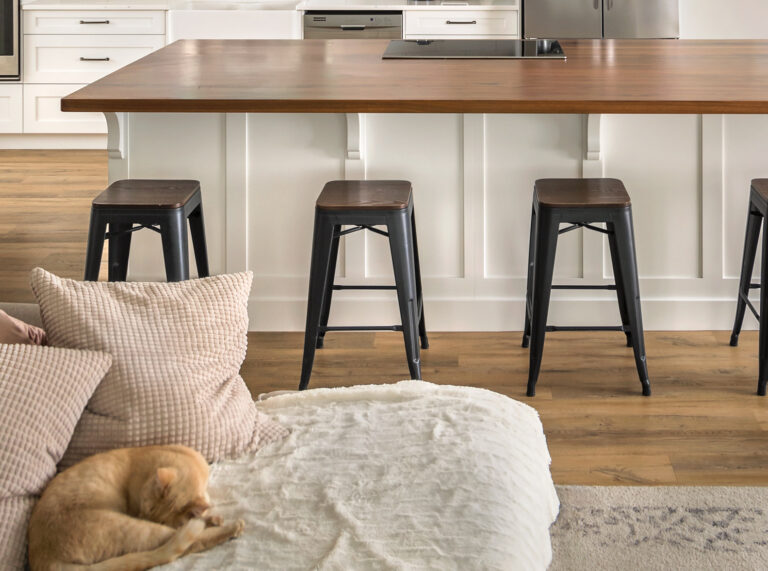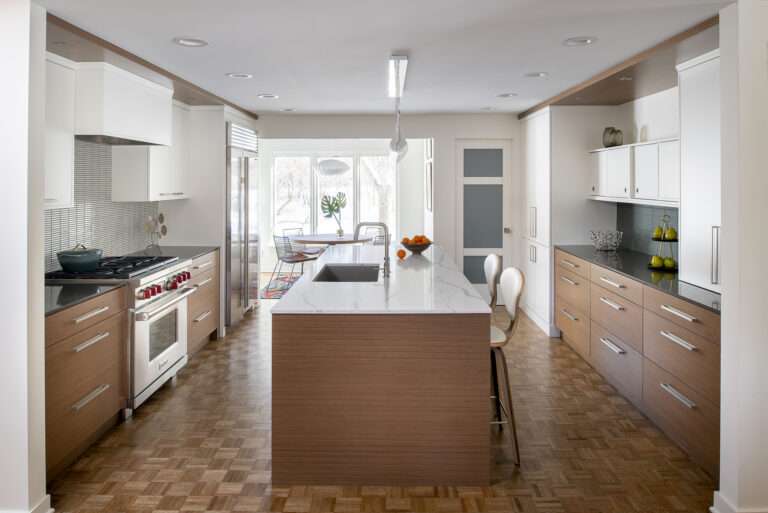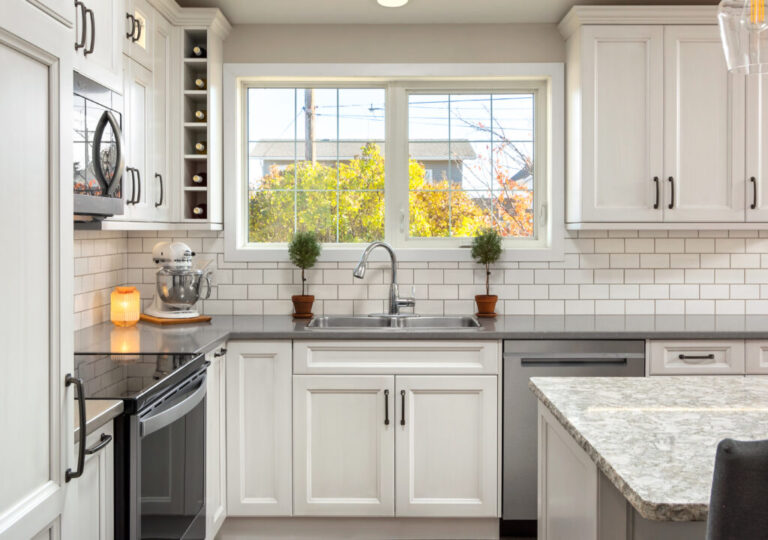European cabinets are increasingly popular among North American homeowners seeking a blend of elegance, functionality, and timeless design. Known for their frameless construction and minimalist appeal, these cabinets adapt seamlessly to contemporary homes. By incorporating high-quality materials like Thermally Fused Laminate (TFL), Wood, and High-Density Fiberboard (HDF), European cabinets deliver the perfect combination of form and function.
In this post, we’ll explore how European cabinets have evolved, why they’re a natural fit for modern living, and how you can incorporate this style into your home.
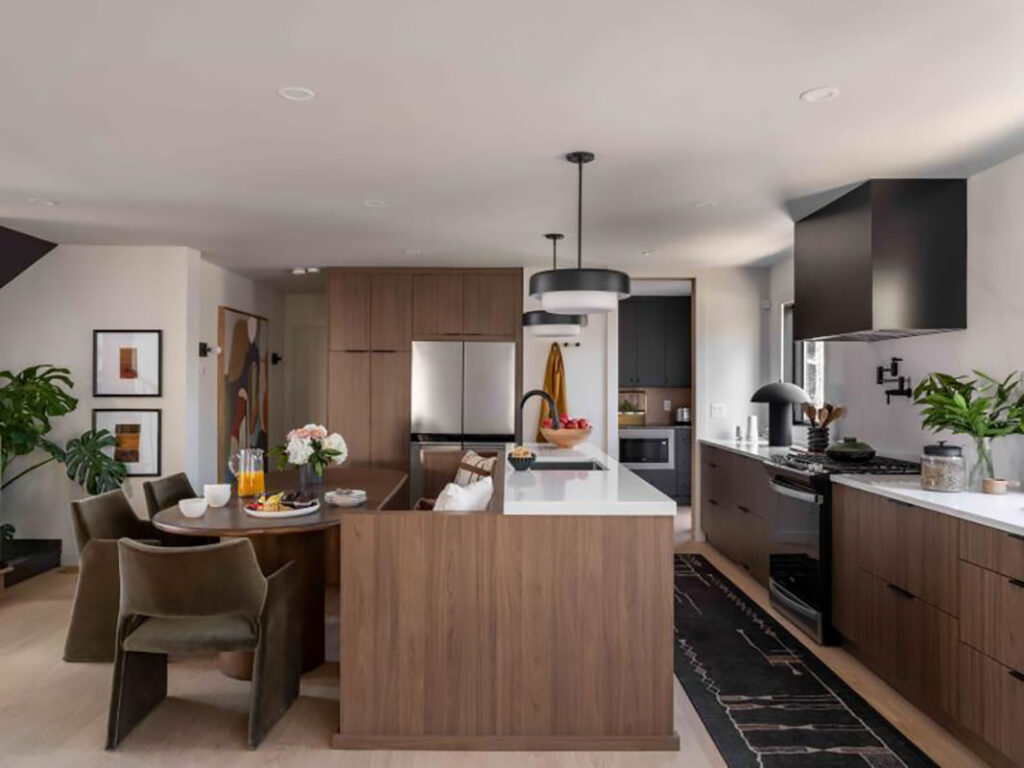
Why Do Homeowners Love European Cabinets?
European cabinets offer more than a refined look. They reflect a lifestyle that prioritizes efficiency and intentionality. With frameless construction, they provide:
Maximum storage space without bulky frames.
A seamless appearance that enhances modern aesthetics.
Flexible designs to suit kitchens of all sizes.
For homeowners, these features make daily life more organized and enjoyable.
The History of European Cabinets in North America
European cabinets began influencing North American homes in the mid-20th century as modernist principles gained traction. Designers admired their clean lines and frameless design, which contrasted sharply with the more ornate, framed cabinets common in North America.
As open-concept living gained popularity, European cabinets became a natural fit. Their streamlined look complemented the minimalist interiors of the time, and their efficient storage solutions worked well in kitchens of all sizes.
Today, they’ve evolved to suit a range of styles, from industrial chic to warm Scandinavian-inspired designs, making them a versatile choice for any home.
Brands like Zonavita showcase European style cabinets in North American homes.
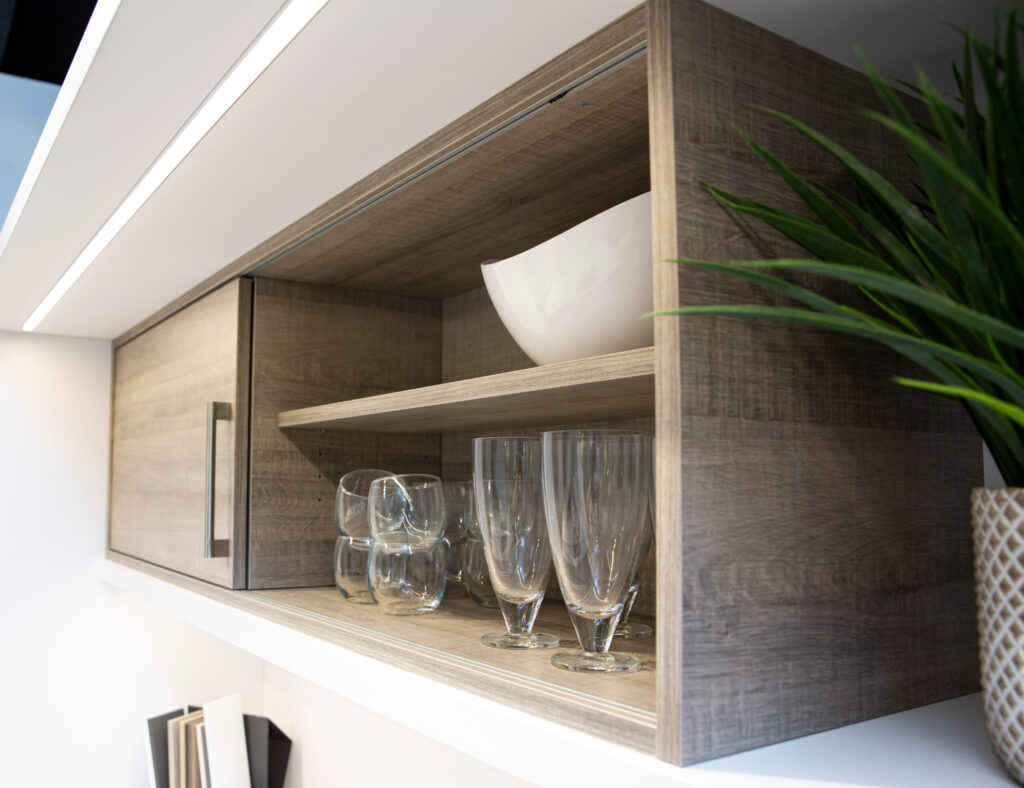
Frame vs. Frameless: What’s the Difference?
One of the defining features of European cabinets is their frameless construction, which sets them apart from traditional North American cabinets. Here’s a comparison:
Framed Cabinets (Traditional): Feature a face frame that adds structure but reduces storage space. Often used in more traditional designs.
Frameless Cabinets (European): Doors attach directly to the cabinet box, offering full access and a sleek, modern look.
Frameless cabinets also allow for tighter tolerances and cleaner lines, making them ideal for contemporary kitchens. If you want a seamless, modern aesthetic, frameless is the way to go.
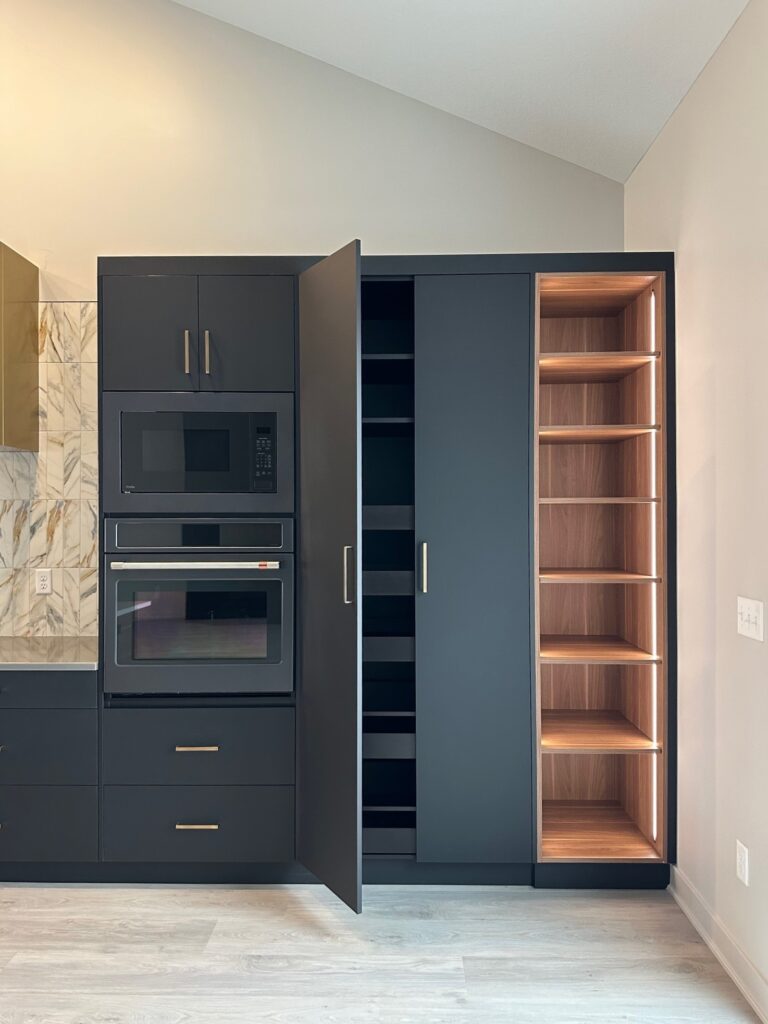
A Lifestyle Fit: Adopting European Design at Home
European cabinets embody a way of life centered on simplicity and purpose. This approach extends beyond cabinets to how kitchens function as a whole. Here’s how you can embrace the European lifestyle in your home:
Prioritize functionality. Opt for layouts that flow naturally, with minimal obstructions.
Incorporate hidden storage. Keep countertops clear by using deep drawers and pull-out pantry shelves.
Choose neutral tones. White, black, gray, or natural wood finishes create a calming atmosphere.
Integrate the kitchen with living spaces. European kitchens often feel like part of the home’s larger design, blending seamlessly with adjacent rooms.
These choices create a space that’s stylish, welcoming, and easy to maintain.
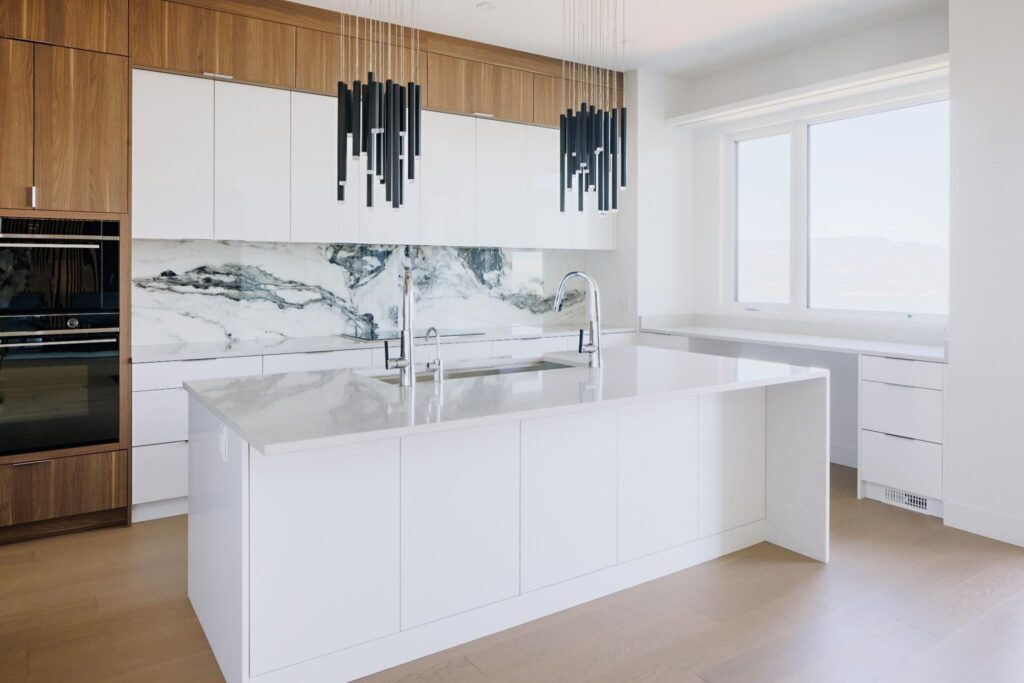
Materials and Trends for European Cabinets
European cabinets continue to evolve, with modern trends showcasing their versatility:
Flat Front Cabinets: Smooth door fronts define European cabinets.
Matte Finishes: Soft, matte surfaces in neutral or bold colors like navy blue and forest green are trending.
Two-Tone Cabinets: Combine natural wood with a contrasting painted finish for a layered look.
Integrated Lighting: LED puck or strip lights inside and under cabinets enhance both function and aesthetics.
Textured TFL: Modern materials now mimic natural textures like wood grain or concrete, adding depth without compromising durability.
Customized Accessories: Specialized inserts, organizers, and cabinet options create unmatched, intuitive design.
These trends highlight the adaptability of European cabinets in contemporary design.
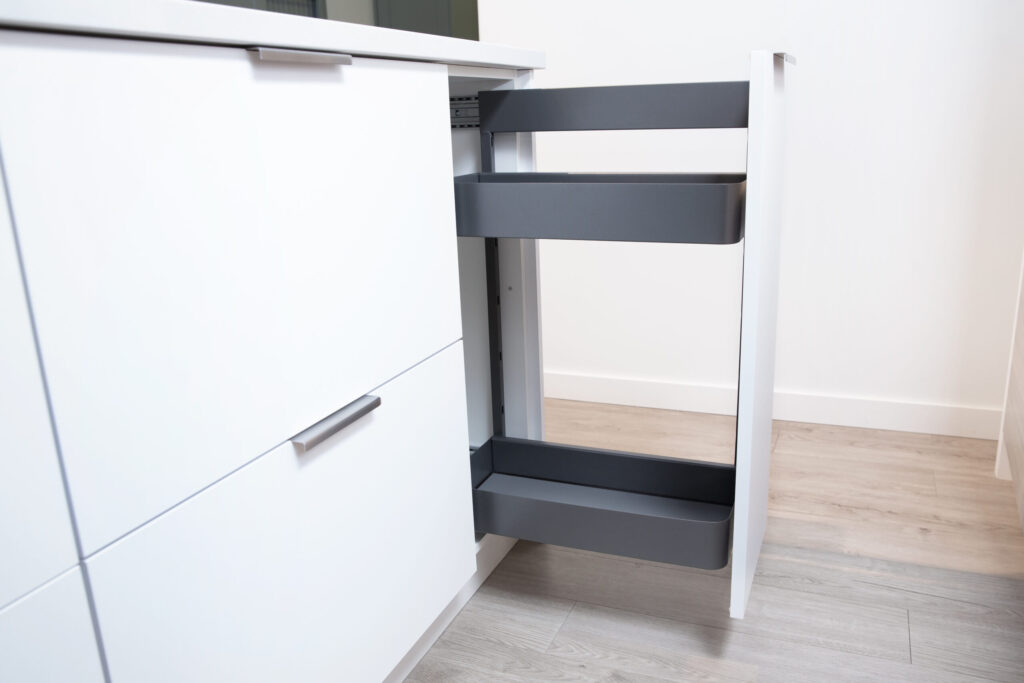
Materials That Define European Cabinets
European cabinets often emphasize simplicity, but the materials used are anything but basic. Here’s why TFL, Wood, and HDF are the top choices:
Thermally Fused Laminate (TFL): Known for its durability and resistance to scratches and stains, TFL offers a sleek, modern look with a variety of colors and textures. It’s a practical option for busy kitchens.
Wood: Adds warmth and natural beauty, perfect for Scandinavian-inspired or mixed-material designs. Lighter woods like white oak are particularly popular in European cabinets.
High-Density Fiberboard (HDF): A high-quality engineered material that’s smooth and stable, making it ideal for painted finishes.
By using these materials, you can achieve a durable and stylish kitchen tailored to your preferences.
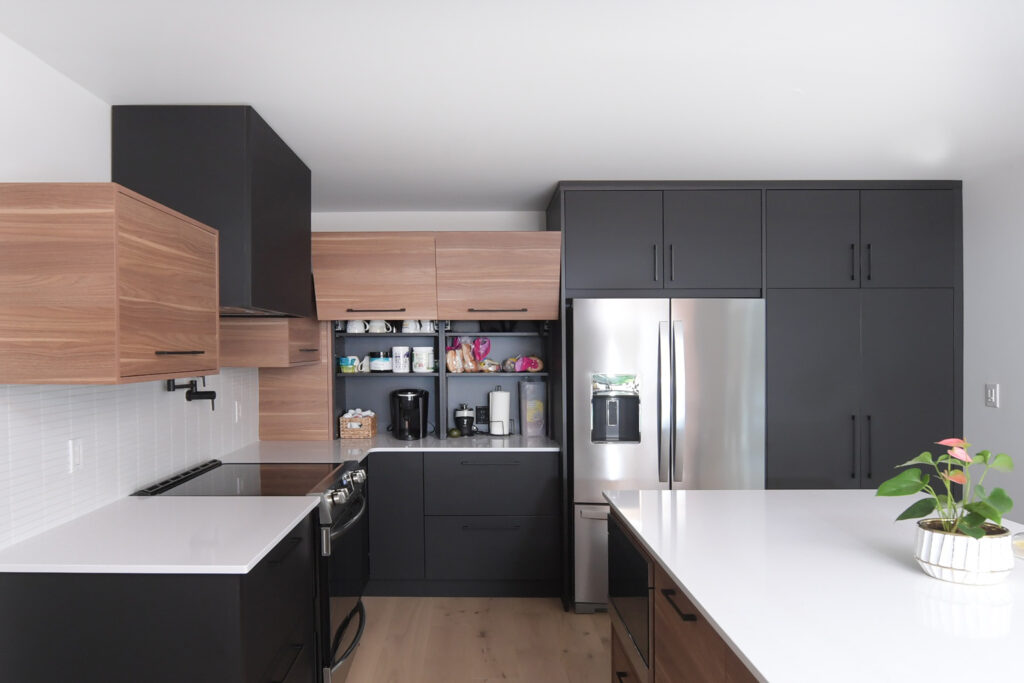
Practical Considerations for Kitchen Size
European cabinets work beautifully in kitchens of all sizes. Here’s how to adapt them:
For Small Kitchens: Frameless cabinets maximize storage in compact spaces. Use vertical storage and light finishes to make the room feel larger.
For Large Kitchens: Pair expansive layouts with minimalist cabinets to avoid overwhelming the space. Consider incorporating an island with handleless drawers for a cohesive look.
These practical features ensure that European cabinets meet the demands of any kitchen layout.
European Cabinets are the simple, modern choice for your kitchen
European cabinets offer a sophisticated yet practical solution for homeowners looking to elevate their kitchens. With their minimalist design, durable materials like TFL, Wood, and HDF, and focus on functionality, these cabinets blend beauty and efficiency effortlessly.
Whether you’re working with a compact kitchen or a sprawling layout, European cabinets provide the flexibility and style to make your space shine. Ready to bring this timeless trend into your home? Start with thoughtful design choices and let your kitchen reflect the best of European-inspired living.



